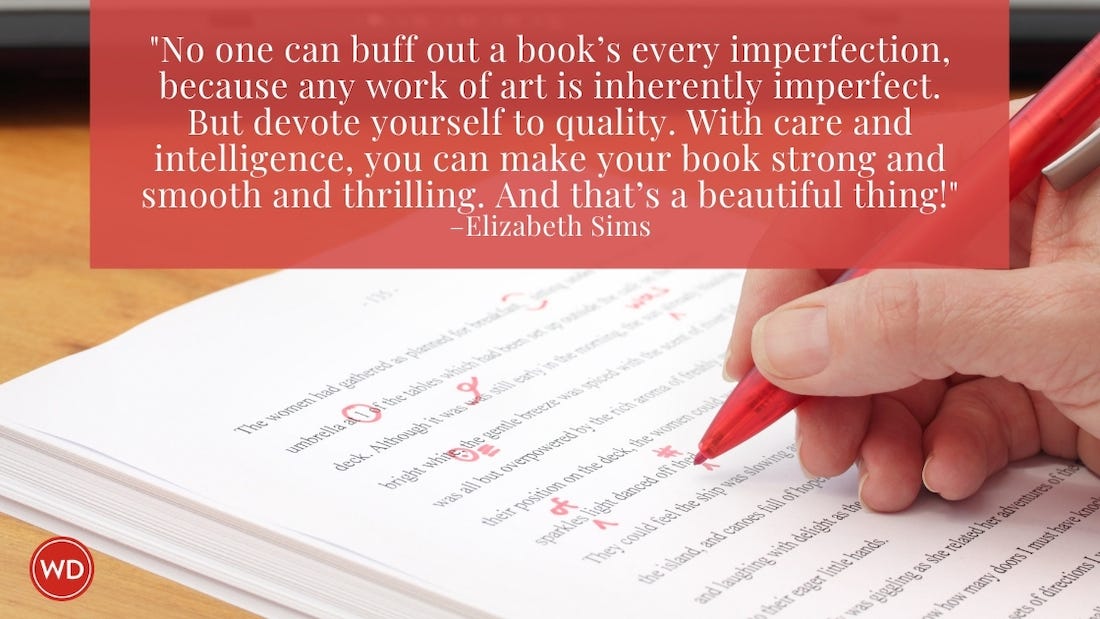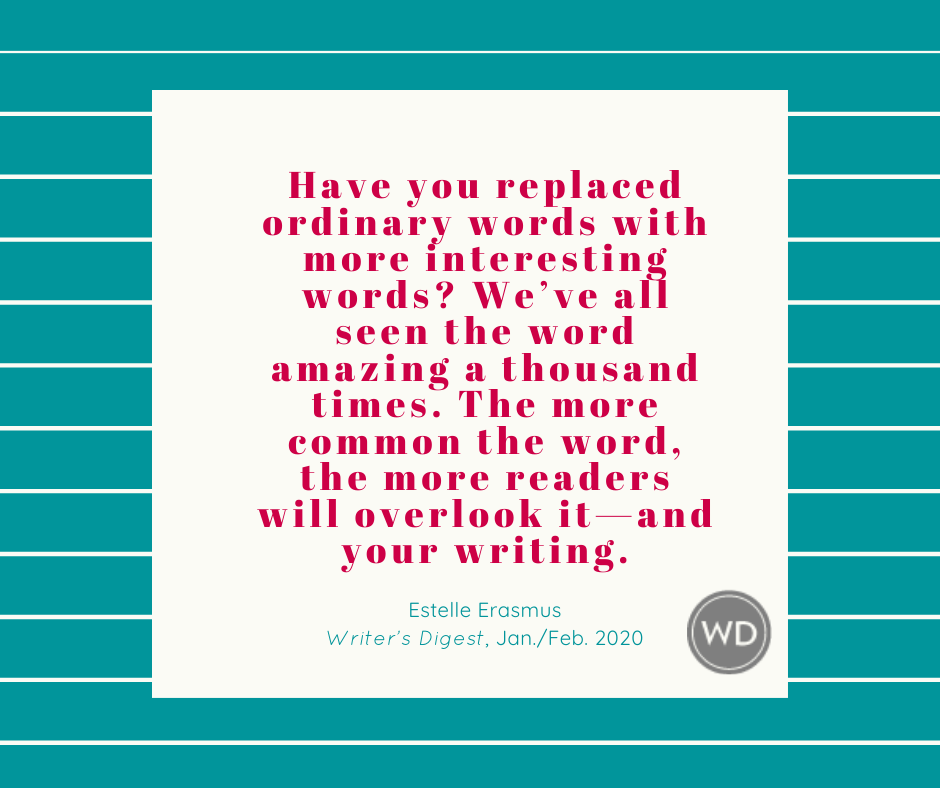Writing a Novel: Chapter Breaks
If you are writing a novel for the first time, you’ll need to know when and how to end a chapter. Learn about chapter breaks and see examples of some from popular novels in the following excerpt from the book Your First Novel by Ann Rittenberg and Laura Whitcomb.
If you are writing a novel for the first time, you'll need to know when and how to end a chapter. Learn about chapter breaks and see examples of some from popular novels in the following excerpt from the book Your First Novel by Ann Rittenberg and Laura Whitcomb.
Novels have all different styles of chapter breaks. Some have dozens of short chapters, some have a few huge chapters (often called parts or books), and some have no chapters at all. The chapter break should be placed strategically. If, while constructing your outline, the thought of separating your plot into chapters confuses you or saps your energy, don’t make chapter break decisions yet. Write a first draft of the whole novel, then come back to this section to place your chapter breaks with intention during your rewrite. But if, as you think about your story, the discussion of chapter breaks stimulates your imagination, construct your outline with chapter breaks included.
Take a look at your favorite novels. How did the author break up the story? The most important thing is that at the end of each chapter the reader should be craving the next chapter. Make the reader want to turn the next page. An old-fashioned cliffhanger is not required (though they still work), but tension of some kind is essential. End not where the action lulls but where it is the most dynamic. Give the reader new information right before you cut him off. The following are examples of strategic chapter breaks.
BRIDGET JONES’S DIARY, BY HELEN FIELDING
14 CHAPTERS, 271 PAGES
At the end of chapter “April” Bridget hints that she might be pregnant and then titles the next chapter “Mother-to-Be”—again, we have no self-control. We must read on. It’s especially easy to keep reading Fielding’s novel because the diary entries are often short. Just one more, we tell ourselves. It’s addictive.
LULLABY, BY CHUCK PALAHNIUK
44 CHAPTERS, 260 PAGES
Chapter six: The hero tries a killer poem out on his unsuspecting boss. If it works, the man will be dead before daybreak. Instead of ending the chapter with news of the death, Palahniuk stops right after the hero decides not to try to explain the experiment to his employer.
“We both need some rest, Duncan,” I say, “Maybe we can talk about it in the morning.”
Of course we can’t wait—we have to start chapter seven.
THE PRINCESS BRIDE, BY WILLIAM GOLDMAN
8 CHAPTERS, 399 PAGES
Chapter five: We know one of the characters has spent his whole life trying to track down an anonymous nobleman with six fingers on his right hand. At the end of chapter five another character notices that the man who is about to torture him to death has an extra finger on one hand! It doesn’t matter that chapter five was one hundred pages long, or that chapter six is fifty-nine pages long; we have to turn the page.









